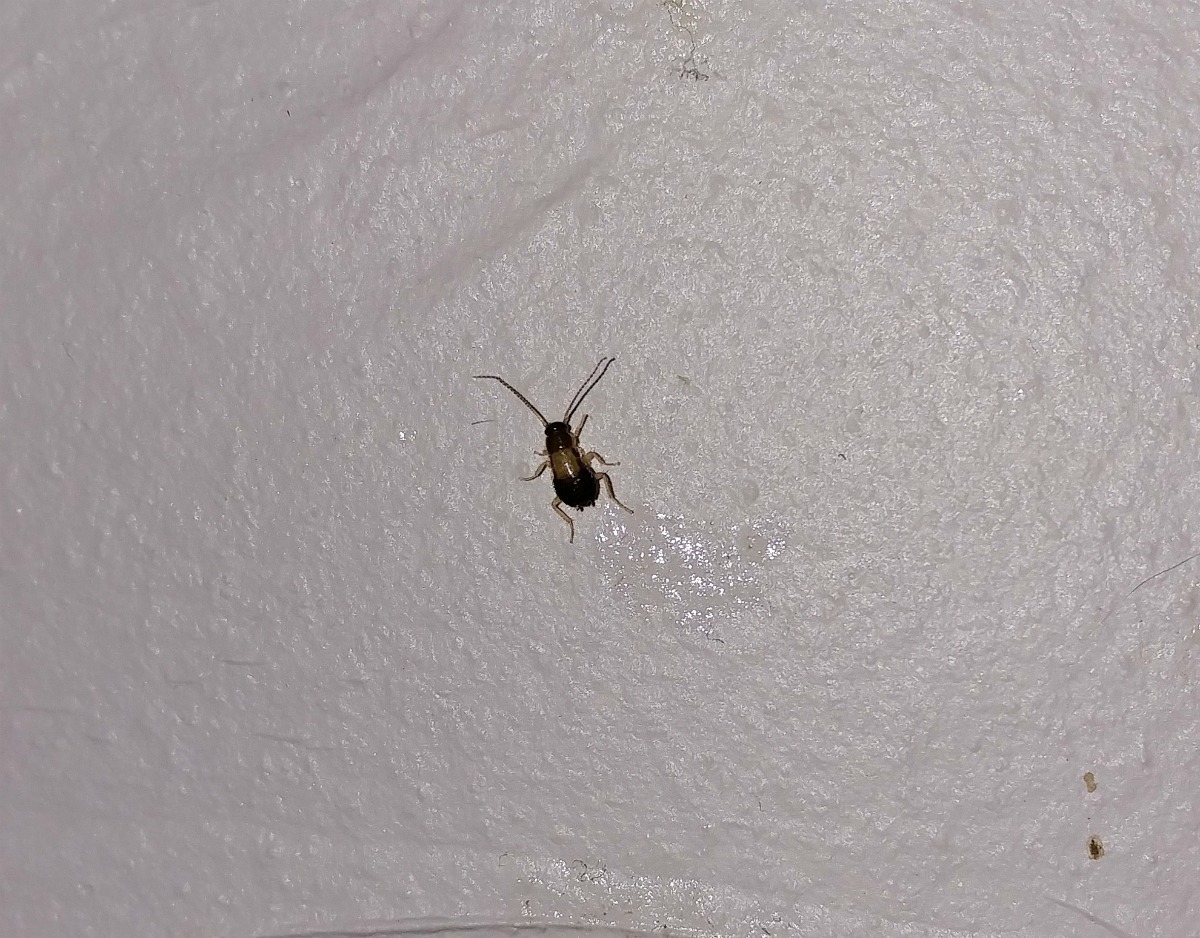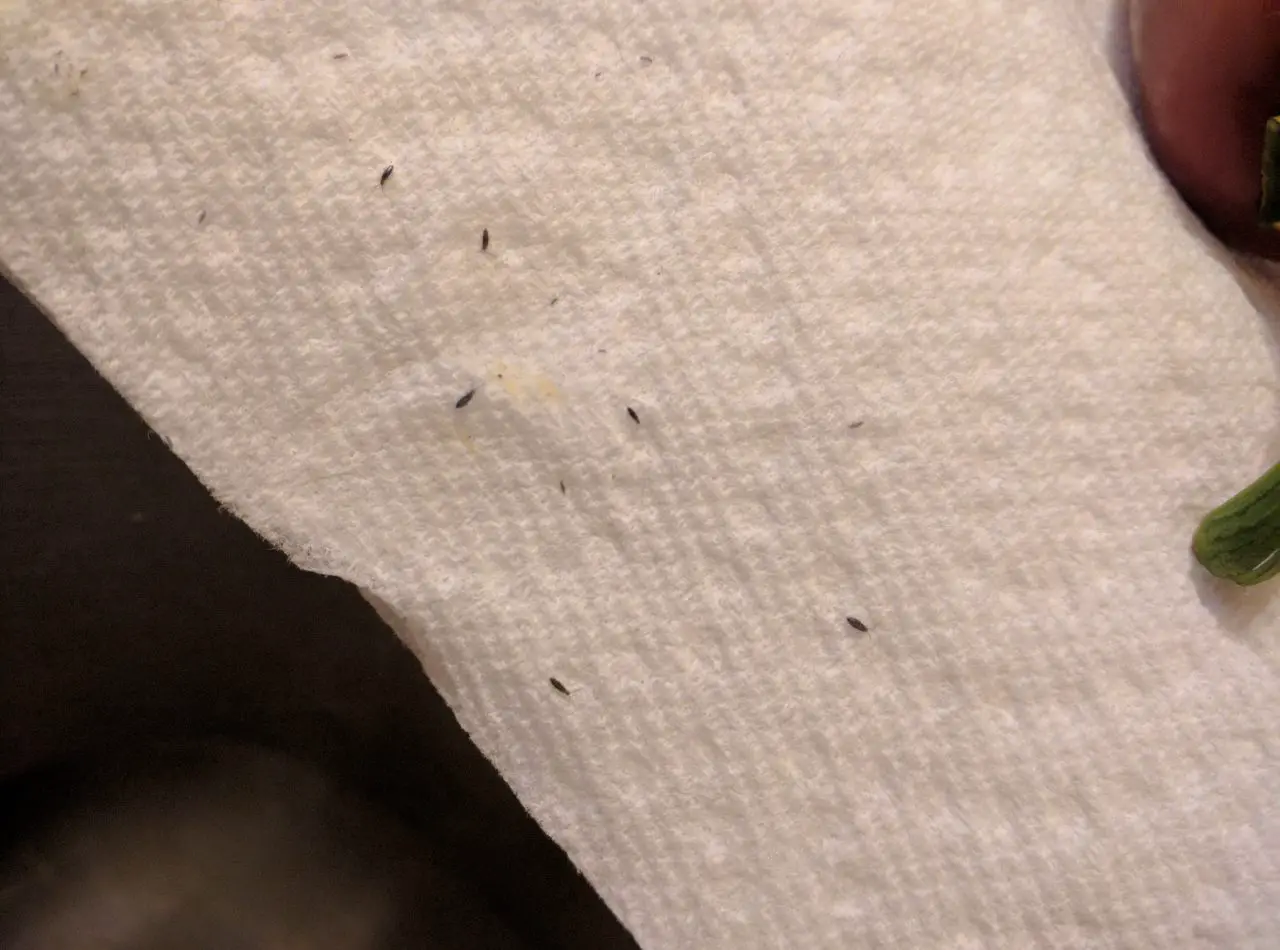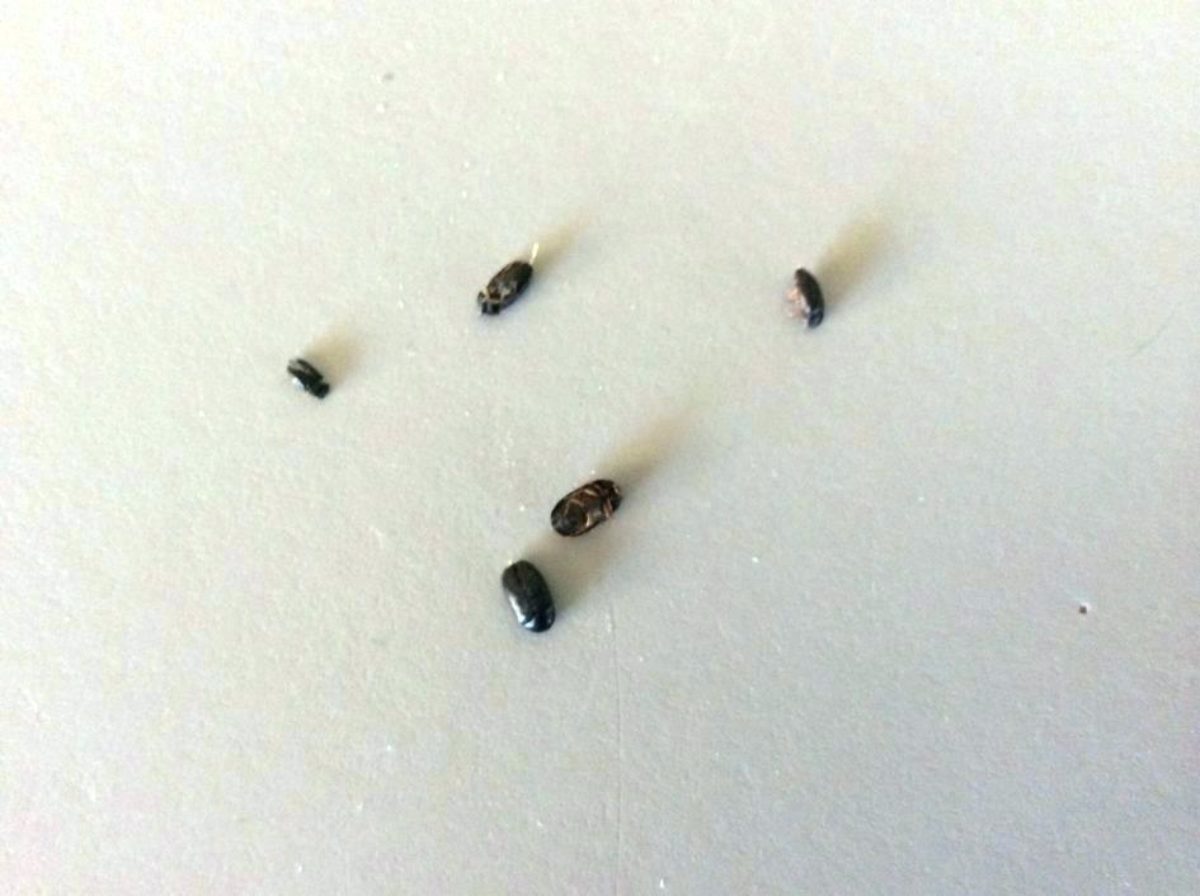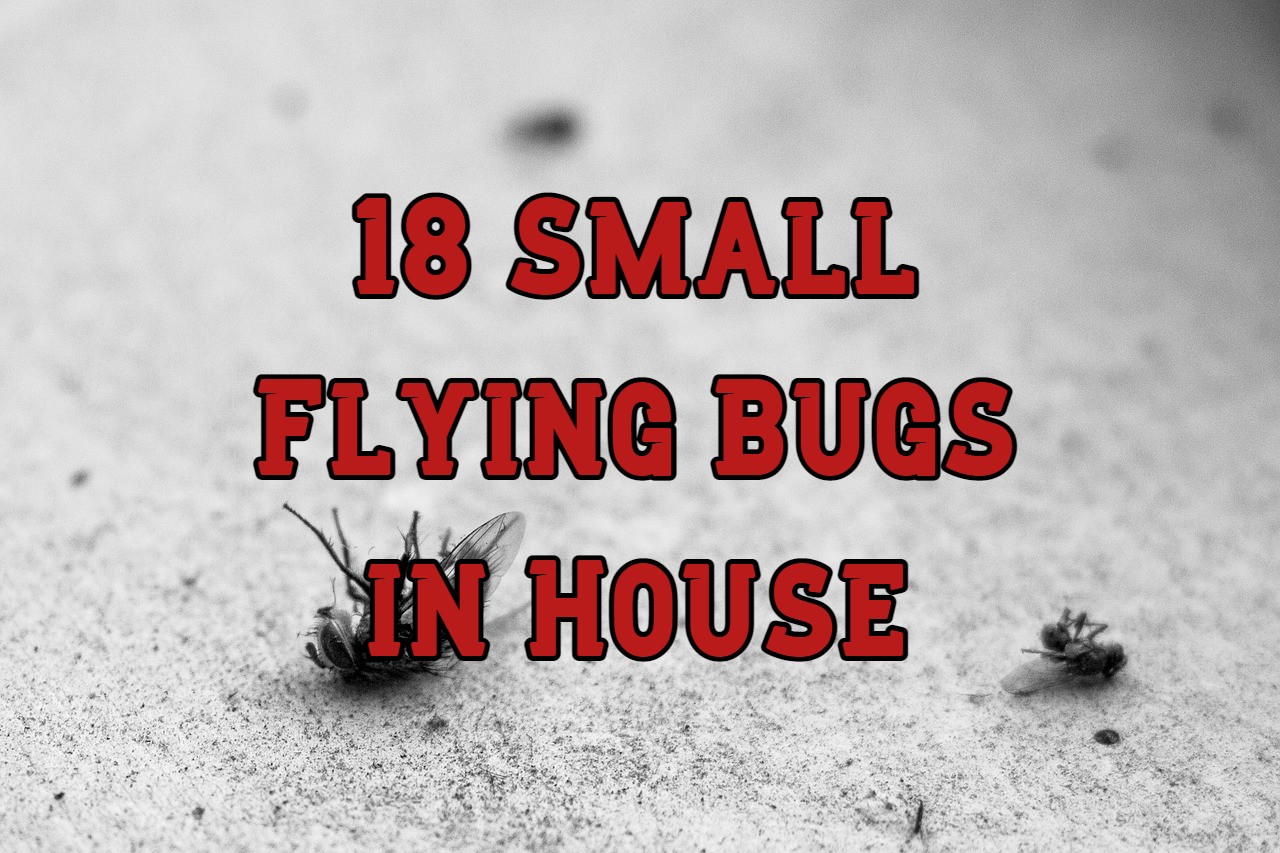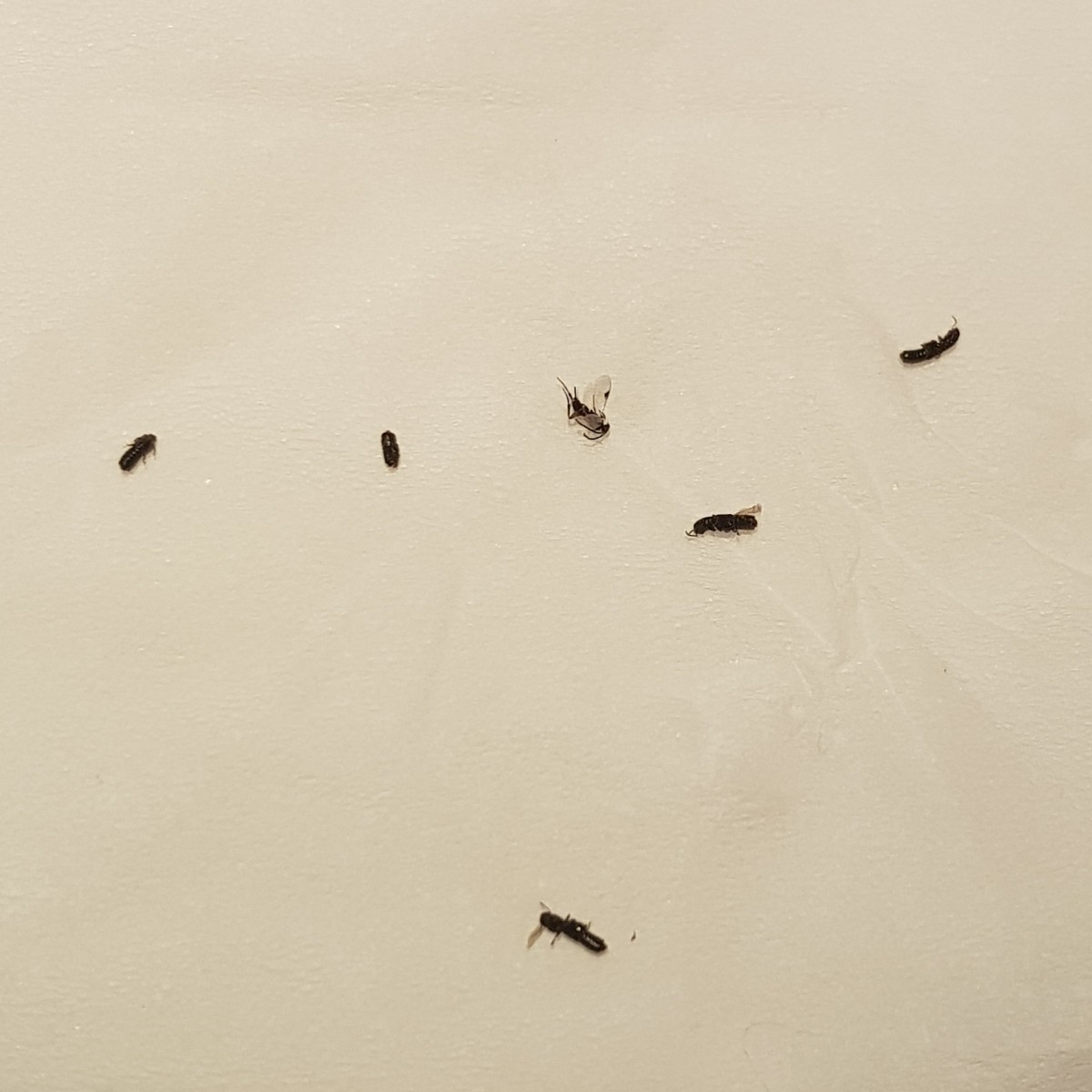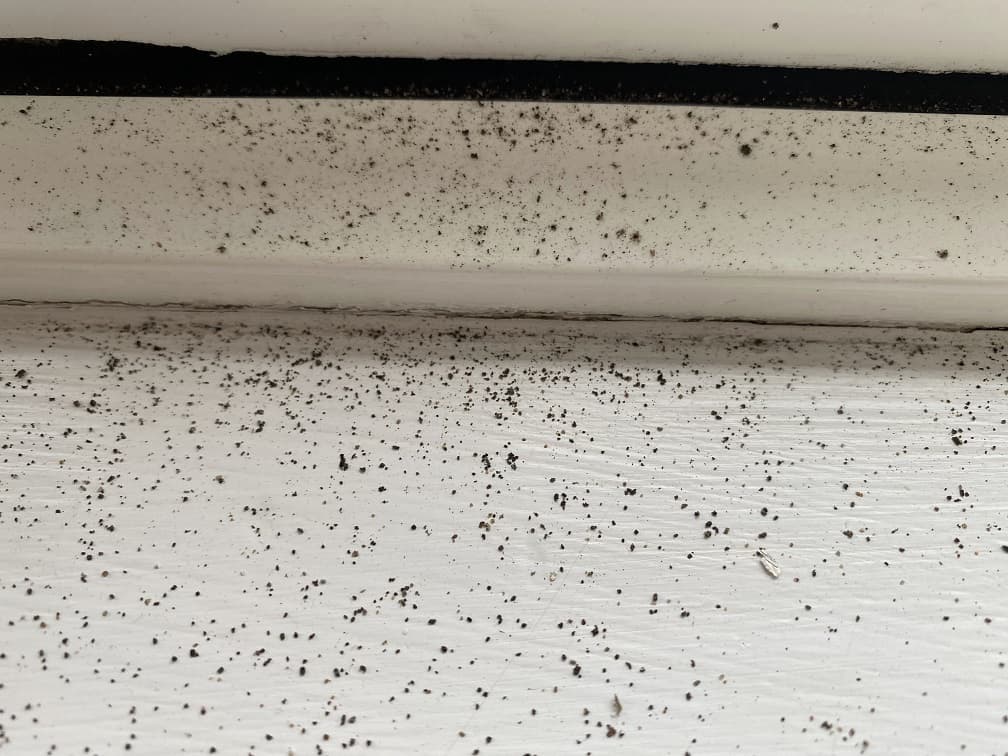The Mysterious Case of Tiny Black Bugs with Wings
Small winged black bugs in house can be a frustrating and concerning problem for homeowners. These tiny insects can appear suddenly, flying around kitchens, bathrooms, and living rooms, leaving residents wondering where they came from and how to get rid of them. The presence of small winged black bugs can be a sign of a larger issue, such as poor ventilation, moisture damage, or decaying organic matter. In this article, we will delve into the world of small winged black bugs, exploring the different types, causes, and solutions to help you regain control of your home and enjoy a pest-free living space.
What Are These Tiny Black Bugs with Wings?
Small winged black bugs in house can be attributed to several types of insects, each with distinct characteristics and habits. Fruit flies, drain flies, and fungus gnats are some of the most common culprits behind these infestations. Fruit flies, typically found near fermenting or decaying fruit and vegetables, are attracted to sweet and sticky substances. They have a distinctive black body with red eyes and a wingspan of around 1/8 inch. Drain flies, also known as sewer flies, are often found near sinks, toilets, and drains, where they feed on organic matter. They have a black body with a distinctive fuzzy appearance and a wingspan of around 1/5 inch. Fungus gnats, commonly found in overwatered plants and soil, are tiny insects with a black body and long, thin wings. They are often mistaken for fruit flies but are much smaller, with a wingspan of around 1/16 inch. Understanding the type of small winged black bug infesting your home is crucial in developing an effective elimination strategy.
How to Identify the Source of the Infestation
Identifying the source of the small winged black bugs in house infestation is crucial in eliminating these unwanted visitors. To get to the root of the problem, it’s essential to conduct a thorough investigation of your home. Start by checking for decaying organic matter, such as overripe fruit, vegetables, or flowers. Inspect your drains and pipes for any blockages or buildup, as these can attract drain flies. Look for signs of moisture damage, such as water stains or warped wood, which can create an ideal environment for fungus gnats. Check your trash cans and recycling bins for any fermenting or decaying materials. Additionally, inspect your plants and soil for any signs of overwatering, which can attract fungus gnats. By identifying the source of the infestation, you can develop a targeted approach to eliminating the small winged black bugs and preventing future infestations.
Effective Ways to Get Rid of Small Winged Black Bugs
Eliminating small winged black bugs in house requires a combination of effective methods and persistence. One of the most effective ways to get rid of these pests is to use traps. Create a homemade trap using a jar, bowl, or container with a sweet liquid bait, such as apple cider vinegar or fruit juice, and cover it with plastic wrap. Poke some small holes in the plastic to allow the bugs to enter. Another option is to use sticky traps or UV light traps, which can be purchased at most hardware stores. Insecticides, such as pyrethrin or permethrin, can also be used to eliminate small winged black bugs. However, it’s essential to follow the instructions carefully and take necessary precautions to avoid exposure. Natural remedies, such as essential oils like peppermint, lemongrass, and citronella, can also be used to repel and eliminate small winged black bugs. Herbs like basil and mint can also be used to repel these pests. Additionally, using a dehumidifier to reduce moisture levels and eliminating standing water can help prevent small winged black bugs from breeding and multiplying.
How to Prevent Future Infestations
To prevent small winged black bugs in house from returning, it’s essential to maintain a clean and dry home. Regularly clean and disinfect surfaces, especially around sinks, toilets, and trash cans. Store food in sealed containers and clean up crumbs and spills immediately. Take out the trash regularly and keep it in sealed bins. Ensure that all pipes and drains are properly vented and maintained to prevent moisture buildup. Installing screens on vents and windows can also help prevent small winged black bugs from entering your home. Additionally, consider using a dehumidifier to reduce moisture levels, especially in humid areas like basements or attics. By taking these preventative measures, you can reduce the likelihood of small winged black bugs infesting your home again. Remember, prevention is key to keeping these unwanted visitors out of your home.
Common Mistakes to Avoid When Dealing with Small Winged Black Bugs
When dealing with small winged black bugs in house, it’s essential to avoid common mistakes that can make the problem worse. One of the most critical mistakes is ignoring the source of the infestation. Failing to identify and address the root cause of the problem can lead to persistent infestations and make it challenging to eliminate the bugs. Another mistake is using the wrong insecticides or using them improperly. This can not only be ineffective but also pose a risk to human health and the environment. Additionally, neglecting to clean and disinfect surfaces, especially around areas where the bugs are present, can allow the infestation to spread. Furthermore, failing to eliminate standing water and moisture can create an ideal breeding ground for small winged black bugs. By being aware of these common mistakes, homeowners can take a more effective and targeted approach to eliminating small winged black bugs and preventing future infestations.
When to Call in a Professional: Knowing Your Limits
In some cases, small winged black bugs in house can be a sign of a larger problem that requires professional attention. If you’re dealing with a large-scale infestation, or if the problem persists despite your best efforts to eliminate the bugs, it may be time to call in a pest control professional. Additionally, if you’re unsure of the type of bug you’re dealing with or if you’re not comfortable using insecticides, a professional can provide guidance and effective solutions. Furthermore, if you’ve tried various methods to eliminate the bugs but they keep coming back, it may indicate a more serious issue, such as a hidden moisture problem or a structural issue, that requires professional expertise to resolve. By knowing when to call in a professional, you can avoid wasting time and resources on ineffective solutions and ensure that your home is thoroughly treated and protected from future infestations.
Regaining Control of Your Home: A Summary
In conclusion, small winged black bugs in house can be a frustrating and concerning problem, but with the right knowledge and strategies, homeowners can regain control of their homes. By identifying the source of the infestation, using effective elimination methods, and taking preventative measures, homeowners can keep these unwanted visitors out of their homes. Remember to stay vigilant, inspect your home regularly, and take prompt action when you spot the first signs of an infestation. With persistence and patience, you can eliminate small winged black bugs and enjoy a pest-free living space. By following the tips and advice outlined in this article, you’ll be well on your way to saying goodbye to these pesky pests and hello to a cleaner, healthier, and more comfortable home.


